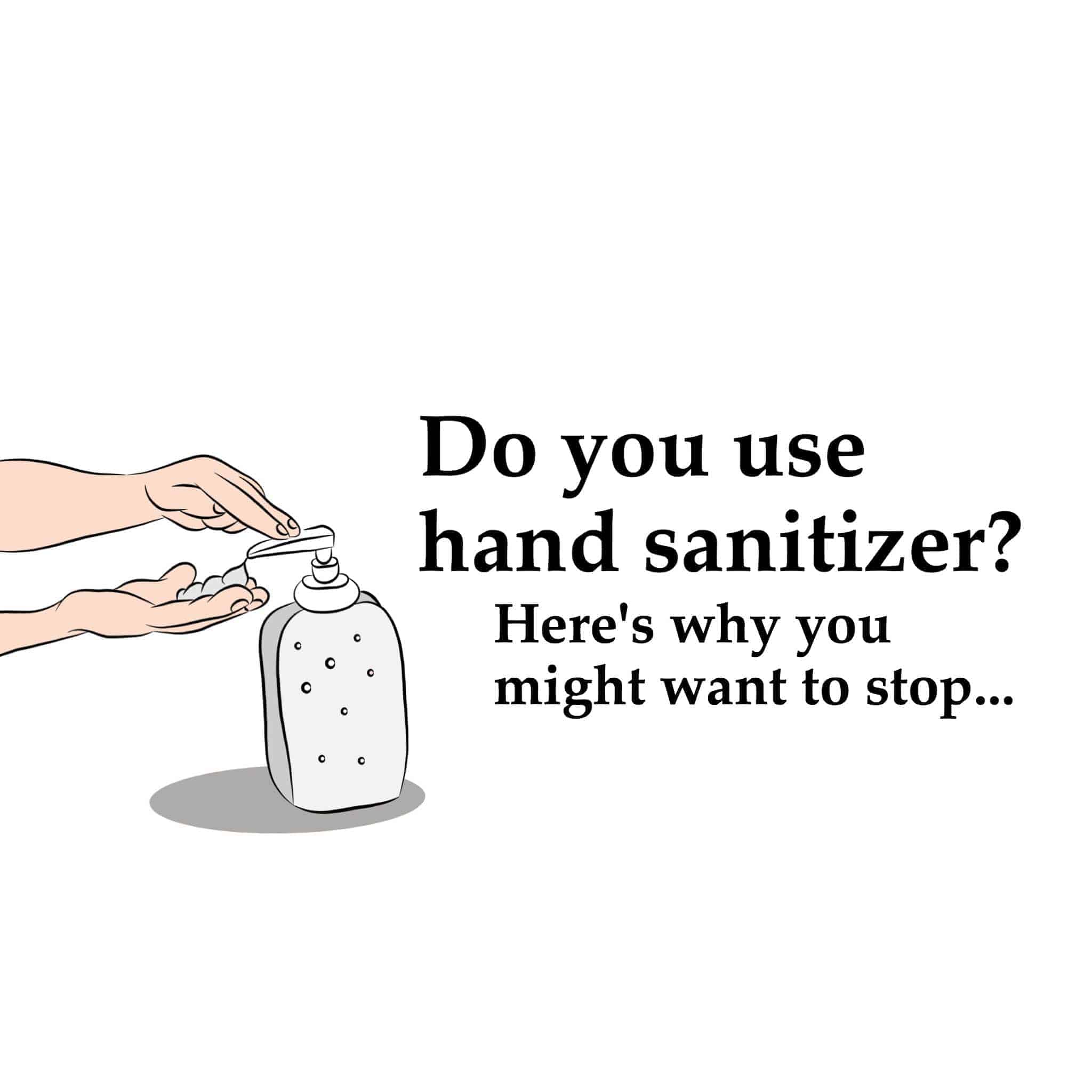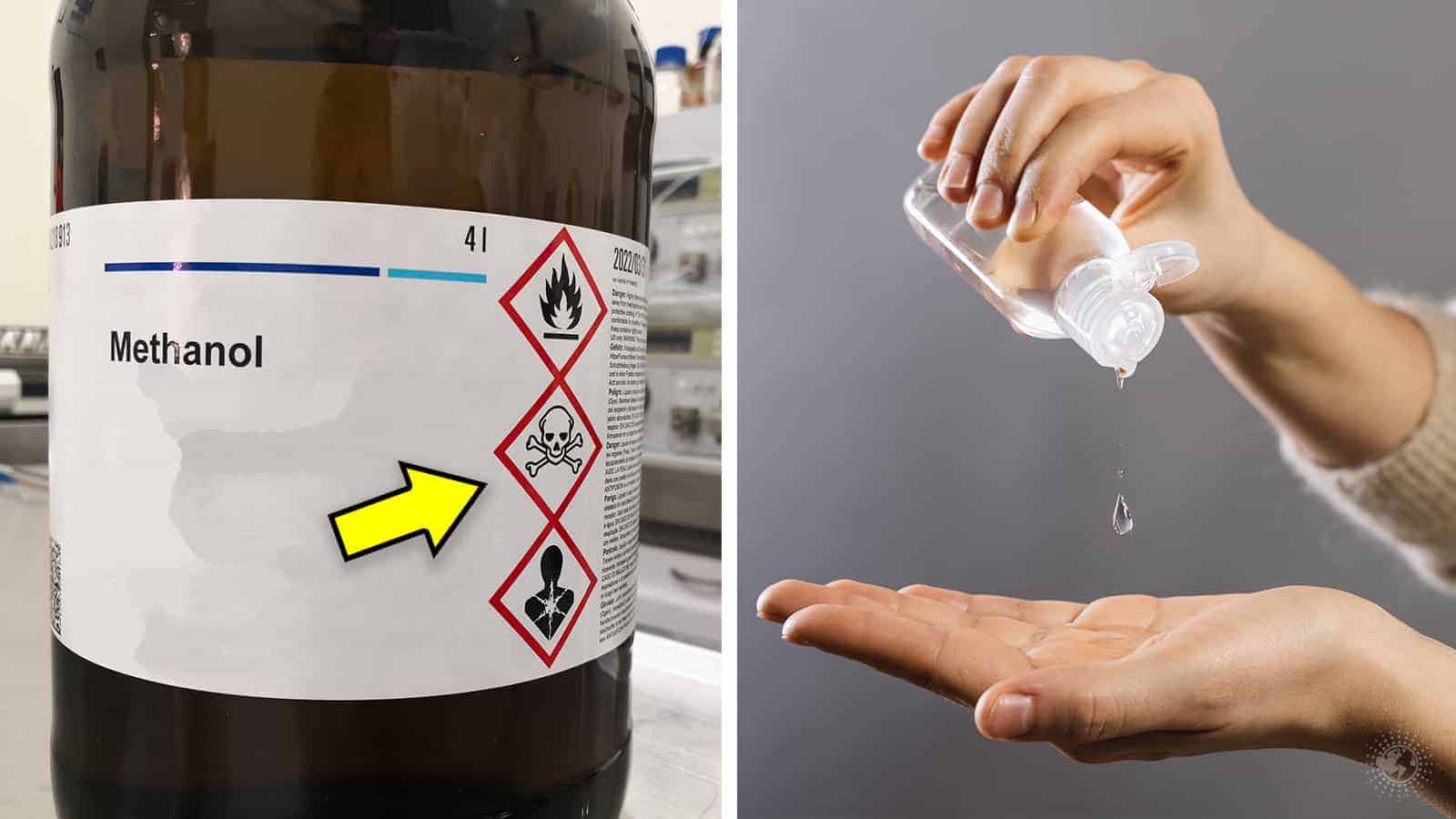Hand sanitizer is quite literally everywhere. If the pumps of clear gel fastened to nearly every other wall in America isn’t enough to convince us, maybe the fact that we see many people carrying mini-bottles of it everywhere is.
On the surface, it makes sense. We see the “Kills 99.99-whatever% of germs” label, and it sounds good. Nobody wants germs anywhere near them. The product is usually relatively cheap, we stay healthy, and all is good. Well, that’s not entirely accurate.
In fact, the ultra-clean image that hand sanitizer companies wanted to convey was enough to grab the attention of America’s most prominent public health organization – the Food and Drug Administration (or FDA). The FDA is solely responsible for regulating a multitude of products that affect public health. This organization also approves or denies all kinds of consumable products, from animal feed to tobacco. In other words, companies don’t want to be flagged by these guys.
FDA requirements for hand sanitizer
 In April of 2015, the FDA required companies that produced hand soap and alcohol-based sanitizers to produce many safety data. Here are some of the requirements specified by the FDA of sanitizer producers:
In April of 2015, the FDA required companies that produced hand soap and alcohol-based sanitizers to produce many safety data. Here are some of the requirements specified by the FDA of sanitizer producers:
- Proof that the product does not adversely affect pregnant women.
- Evidence that the product does not aid the development of antibacterial resistance.
- Proof that the product does not have significant hormonal effects.
All three of these demands from the FDA are severe causes for concern. Understandably, many pregnant women are concerned, although there is insufficient evidence that hand sanitizer is particularly harmful to this demographic.
The FDA is concerned that triclosan – an ingredient in some hand sanitizers – may have hormonal effects. Specifically, that it may alter the thyroid and reproductive systems of newborns. Needless to say, these requirements from the FDA may make one cast a cautious eye upon the multi-billion dollar industry.
It turns out that there are other (and less serious) ways that hand sanitizer may be harmful.
Here are five reasons why you need to stop using hand sanitizer:
These compelling reasons explain why you should reconsider using these sanitizing products.
1. It harms our skin
Sanitizing products contain mostly alcohol, which is known for having a drying effect. Since alcohol increases the skin’s absorption ability, it also allows for chemicals to penetrate – effectively “de-fatting” the skin or disrupting oil production. Aside from the harmful effects created by alcohol, sanitizers also contain glycerin, which can irritate the skin and enhance the sanitizer’s drying effect. There are other ingredients, such as glycol and acetate, that can further damage our skin.
2. It can create resistant bacteria
First of all, don’t get images of “The Walking Dead” here. Bacterial resistance may sound awfully frightening, but it’s certainly not that frightening. Here’s the deal: overuse of antibiotics can potentially lead to the development of bacteria that is resistant to the element. In other words, bacteria can evolve just like everything else. So the more we expose certain bacteria to the same components, the higher the chance that the element will have a diminished effect.
The Center for Disease Control (or CDC) estimates that in 2013, these “superbugs” were responsible for about 23,000 deaths. While indeed not a mind-boggling number compared to the overall population of the United States, the CDC, and other interested groups want to counteract this trend by minimizing any unnecessary risk. This approach includes allowing bacteria to develop resistant qualities.
3. It contains unknown and potentially dangerous chemicals
As stated, sanitizers contain mostly alcohol or triclosan, but other chemicals are also included in the product. Most scented sanitizers use some preservative to prolong the product’s shelf life. However, these preservatives are absorbed into our skin each time that we use the product.
We mention scented sanitizers because they’re far more likely to have these preservatives. Two preservatives – phthalates and parabens – can potentially disrupt hormonal production. Not to mention, some companies do not detail what ingredients are contained.
4. It can increase the absorption of harmful chemicals
We’ve already mentioned that sanitizers increase the skin’s absorption. In doing so, the skin becomes vulnerable to potentially damaging chemicals. One such chemical is called Bisphenol A, which can cause damage to the endocrine system. Studies have linked BPA to cancer, heart disease, infertility, and diabetes.
In a study at the University of Missouri, researchers used thermal receipt paper – the kind many cash registers use – to demonstrate the threat. Thermal receipt paper also contains high levels of BPA. Researchers discovered that in subjects that used sanitizer before touching the form, the absorption of BPA increased by over a hundred times.
5. Soap and water work almost as well
Yes, regular soap and water may work as well in many cases. In fact, most experts recommend using soap and water unless it is more beneficial to use sanitizer, such as in a healthcare setting. The FDA even takes this recommendation further, advising people to use regular rather than antibacterial soap, claiming there is no difference. Additionally, antibacterial soap can aid in the bacteria developing resistance.
Bottom line: if we have access to soap and water, we should use them. When we shop for soap, we can avoid the antibacterial type. And we should continue to do the best thing for humanity and not allow bacteria to develop resistance to our defenses! Stay healthy, fellow readers!


















